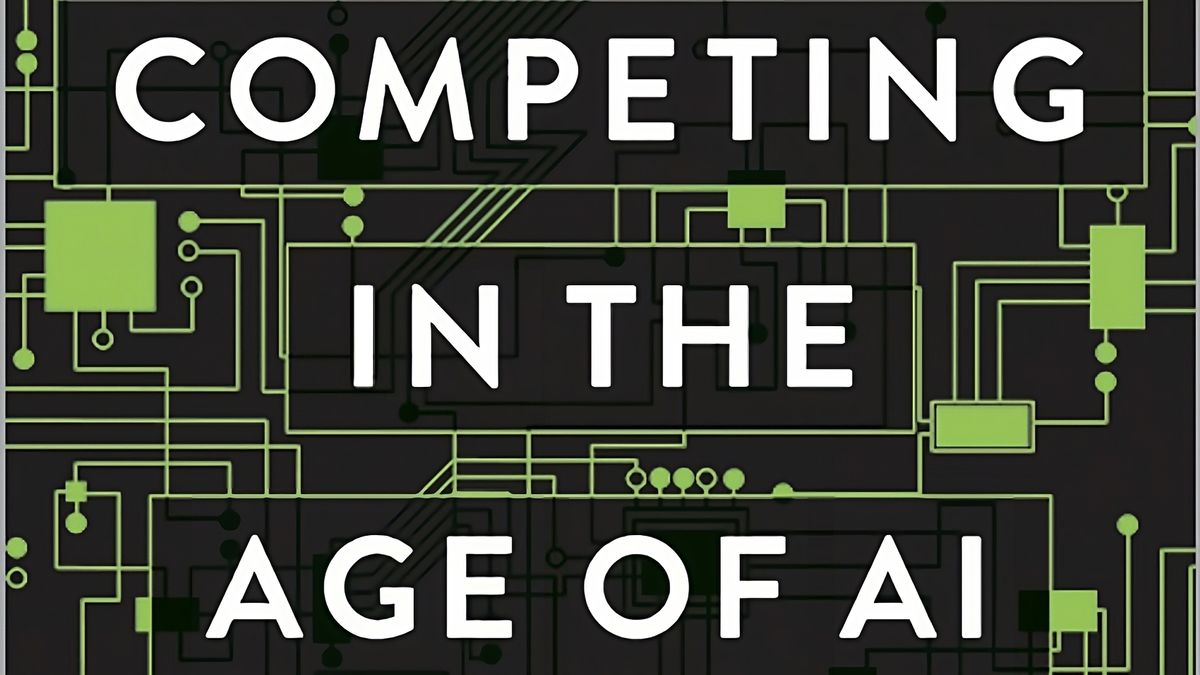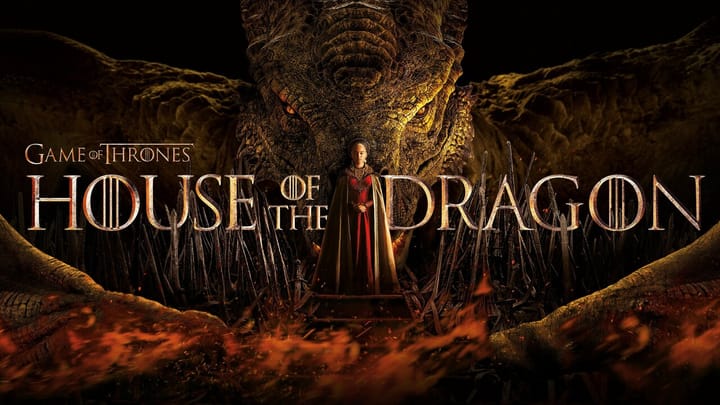Competing in the Age of AI by Marco Iansiti, PhD (Key Takeaways)
How to use artificial intelligence to win in business.

Read the full book summary here.
Key Takeaways
- The author of this book helped Microsoft, Facebook, Amazon, Google, Fidelity, Uber, and Comcast with their AI strategy.
- The author of this book is a Harvard Business School professor.
- Be on the side of digital proliferation. Make a social platform app. Allow creators to share what they make.
- Clayton Christensen’s Disruption theory: As organizations get good at doing something in a certain way, they develop routines and systems that reinforce each other and make it difficult to do things differently. Then they get disrupted by innovative companies.
- Legacy companies are ultimately killed by radical new technologies. Kodak was not killed by Fuji, it was killed by the Apple iPhone.
- Computer science + data science = AI.
- Data is the essential input of AI.
- Diseconomies of scale: when you have too many people, too many processes, too many products that require a lot of bureaucrats that ultimately reduce production efficiency—even if you are selling more products for a lower manufacturing cost and a higher margin.
- Network and learning effects are not the same thing. Network effects describe the value added by increasing the number of connections within and across networks, such as the value to a Facebook user of having connections with a large number of friends, or access to a broad variety of developer applications. Learning effects capture the value added by increasing the amount of data flowing through the same networks—for example, data that may be used to power AI to learn about and improve the user experience or to better target advertisers. In both cases, generally speaking, the more the better, but there is a lot of nuance involved in defining how much better.
- The most important value creation dynamic of a digital operating model is its network effects.
- Facebook, fax machines, and crypto all benefit from direct network effects.
- Metcalfe’s law for communication posits that the value of a network is the square of the number of users, N².
- Companies that have two-sided indirect network effects have more options for value capture, because they can find multiple ways to monetize their services by charging each side separately, depending on each side’s willingness to pay. For example, Airbnb charges both the renters and the hosts for each stay.
- Traditional operating models cannot compete with digital operating models. In barely a decade, Airbnb has scaled to offer an inventory of more than 4.5 million rooms, three times as much lodging capacity as Marriott managed to accumulate in its one hundred years.
- There are two kinds of companies: those that know they have been hacked, and those that don’t know they’ve been hacked.
- All of the traditional services are becoming digital. Any service that lends itself to data, analytics, AI, and cloud will be taken over and disrupted by all of the big AI companies.
- "What is all your studying worth, all your learning, all your knowledge, if it doesn’t lead to wisdom?”—Beychae, Use of Weapons by Iain Banks
- Cryptocurrencies could be the fix to a lot of the problems that AI creates. AI is “authoritarian” and about harvesting data. Crypto is “libertarian” and about limiting data collection through encryption and blockchain technology.
- The largest business in the world will be an AI and cryptocurrency business.



Comments ()